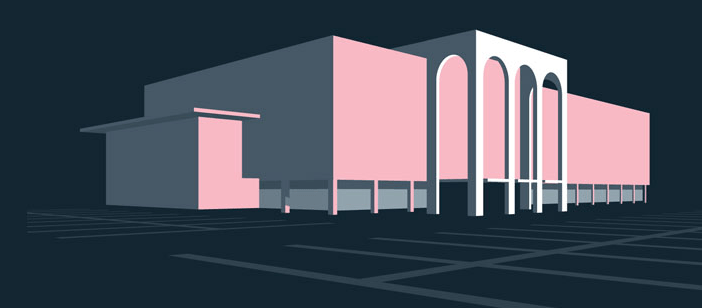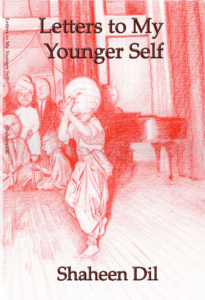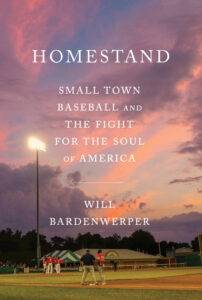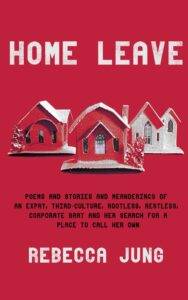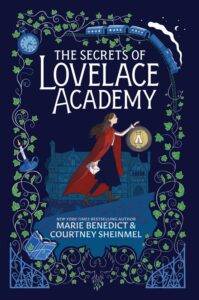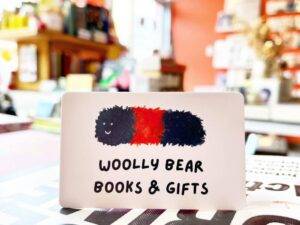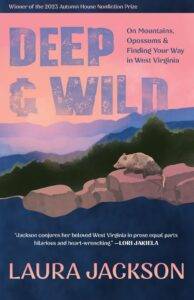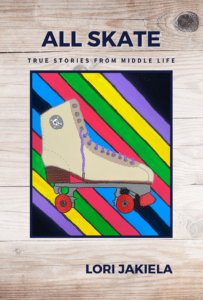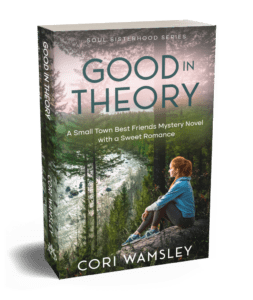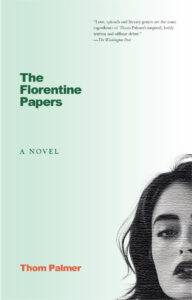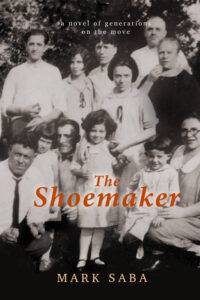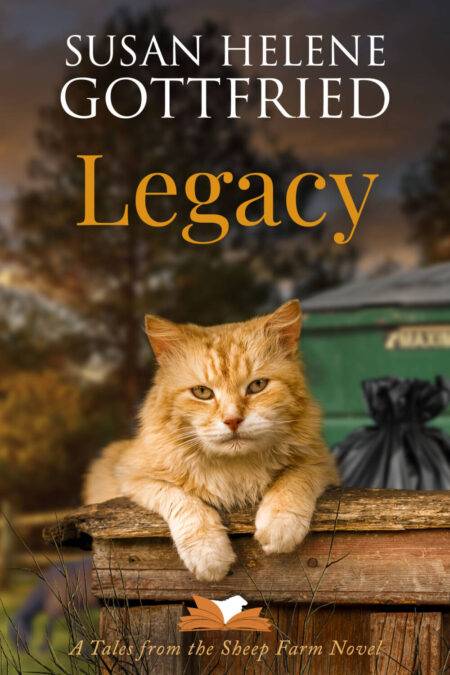Have you checked out Carnegie Library of Pittsburgh’s redesigned Eleventh Stack blog yet?
Eleventh Stack is run by a group of library workers who are passionate about books, movies and music — and was originally envisioned as a place to explore all the cool stuff at the Main Library, which is home to about a million items. Recently, they’ve branched out to explore the rest of the Carnegie Library system!
Littsburgh loves the Carnegie Library of Pittsburgh — and in an effort to spread the word about the excellent work they’re doing — we’ll be highlighting posts from the Eleventh Stack from time to time…
If you’re looking for reading recommendations, we highly recommend you bookmark the Eleventh Stack — and give Carnegie Library of Pittsburgh a follow on Facebook and Twitter!
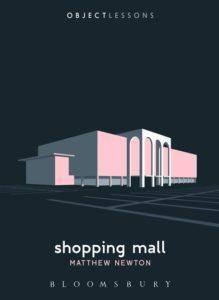 I planned to meet up with author Matthew Newton outside – but sheets of rain made me wish we had decided to meet at Monroeville Mall, “a pleasure dome immune to seasonal change” (28). We quickly found a nook inside.
I planned to meet up with author Matthew Newton outside – but sheets of rain made me wish we had decided to meet at Monroeville Mall, “a pleasure dome immune to seasonal change” (28). We quickly found a nook inside.
Monroeville Mall – both as an iconic building and as a personal touchstone – is featured throughout Matthew’s new book Shopping Mall, part of the Object Lessons series published by Bloomsbury. Shopping Mall consists of interlocking vignettes covering the history and cultural importance of shopping malls alongside Matthew’s memories of his childhood growing up near the Monroeville Mall – from waiting for his mother to finish the closing shift at Gimbels to exploring the secret passageways behind the stores as a teen. Above all – and Matthew emphasizes this theme in our conversation as well – the book demonstrates the way shopping malls are monuments to aspirations held by many Americans who attempted to achieve (for better or for worse) some portion of the “suburban dream.”
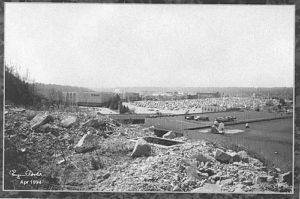
Of course, Monroeville Mall was a location for George Romero’s Dawn of the Dead, and Matthew remembers the experience of going to the mall after seeing the flim – identifying specific doors, recognizing hidden hallways only a local would know. Matthew also described latching on to some of the film’s Pittsburgh-specific details, like a jacket worn by a character in a crowd, that grounded the mall in his home community.
There is a contrast between that sense of specificity of place and the more fuzzy, universal quality of shopping malls – Matthew describes the mall experience like “looking at a photocopy of a photocopy of a photocopy” (9). That contrast is what is most fascinating – to me – about reading Shopping Mall. The book illuminates all the ways we share public spaces with each other while we simultaneously experience those spaces as layered with our own memories and personal significance.
Eleanor works at the main branch of the Carnegie Library of Pittsburgh in Oakland.
This post – originally published on Carnegie Library of Pittsburgh’s Eleventh Stack – is sponsored by our friends at the Carnegie Library of Pittsburgh.


